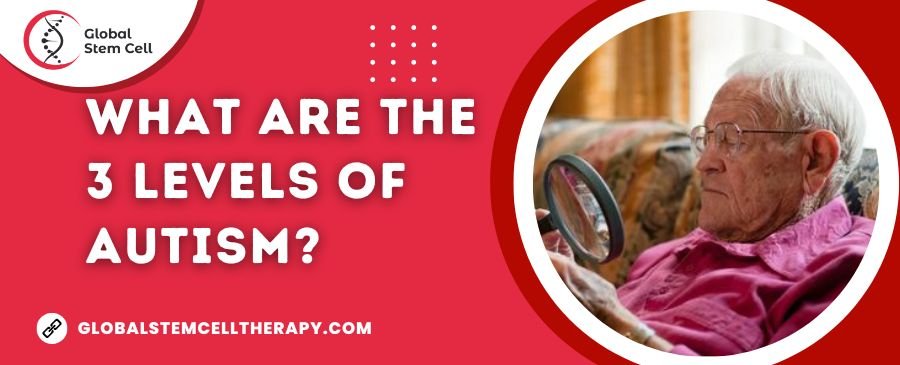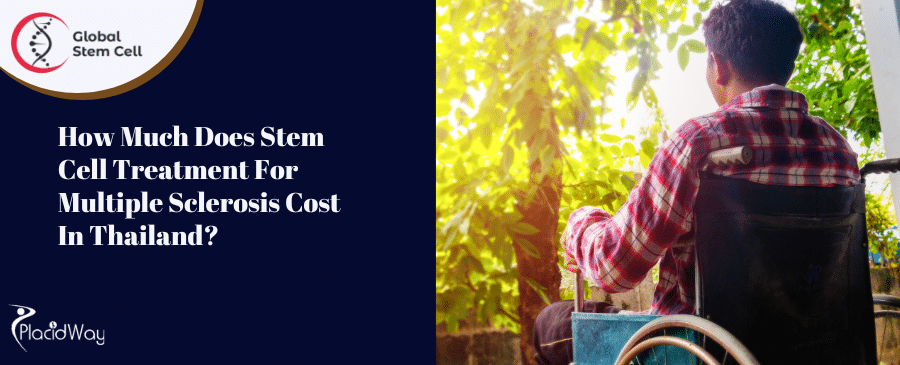Decoding the Autism Spectrum Learn The 3 Levels of ASD
Table of Content
Autism Spectrum Disorder (ASD) is a complex neurodevelopmental disorder characterized by a range of symptoms and levels of severity. To help clinicians, individuals, and families better understand the varying levels of support required for people with ASD, the Diagnostic and Statistical Manual of Mental Disorders, Fifth Edition (DSM-5) categorizes autism into three levels.
In this article, we will explore the three levels of autism in detail, including their defining characteristics, support needs, and potential interventions.
About Autism Spectrum Disorder
Before we delve into the three levels of autism, it is essential to understand that ASD is a spectrum disorder. This means that individuals with autism can present with varying degrees of severity and a wide range of abilities and challenges. The answer to Question that What are the 3 Levels of Autism is here.
The three levels of autism, as outlined by the DSM-5, aim to capture this diversity and provide a framework for determining the appropriate level of support for each individual.
The three levels of autism, as defined by the Diagnostic and Statistical Manual of Mental Disorders, Fifth Edition (DSM-5), are:
Level 1: Requiring Support – Individuals with Level 1 autism have difficulties with social communication and exhibit some repetitive behaviors. They require support to improve social skills, executive functioning, and address mental health challenges.
Level 2: Requiring Substantial Support – Individuals with Level 2 autism experience more pronounced communication difficulties and struggle with social interactions. They have more noticeable repetitive behaviors and require substantial support, including speech and language therapy, occupational therapy, and behavioral interventions.
Level 3: Requiring Very Substantial Support – Individuals with Level 3 autism face the most severe challenges in communication, socialization, and behavior. They require very substantial support, including intensive speech and language therapy, comprehensive behavioral interventions, and highly structured environments.
Level 1: Requiring Support
Level 1 autism, the mildest form on the spectrum, is characterized by:
- Difficulty initiating and maintaining social interactions
- Atypical or unsuccessful attempts at socializing
- Difficulty organizing and planning tasks, which can lead to impaired independence
- Noticeable difficulty with nonverbal communication, such as eye contact and body language
- Inflexibility in behavior and difficulty adapting to change, although less severe than in higher levels of autism
Individuals with Level 1 autism may have average or above-average intelligence and may excel in certain areas. However, they still experience challenges in social situations and may struggle with executive functioning skills.
Support Needs:
Individuals at Level 1 may be able to function relatively well in some areas of life but still require support in social situations and organizing their daily activities. Some specific support needs for Level 1 may include:
- Social skills training: This can help individuals with Level 1 autism improve communication, understand social cues, and build relationships. Social skills training may involve group therapy, role-playing, and modeling appropriate social behaviors.
- Executive functioning interventions: These interventions can help with organization, planning, and time management skills. Strategies may include using visual schedules, timers, and organizational tools to help individuals manage their daily tasks more effectively.
- Psychotherapy: Cognitive-behavioral therapy (CBT) and other forms of psychotherapy can be helpful for addressing anxiety, depression, or other mental health challenges related to social difficulties. Therapy can help individuals develop coping strategies and build self-esteem.
- Educational accommodations: School-aged children with Level 1 autism may benefit from accommodations such as extended time on tests, preferential seating, or access to a resource room to help them succeed in the classroom.
- Support groups and peer mentoring: Connecting with others who have similar experiences can provide valuable support and a sense of belonging. Support groups and peer mentoring programs can offer opportunities for individuals with Level 1 autism to share experiences, learn from one another, and develop friendships.
By addressing these specific support needs, individuals with Level 1 autism can enhance their social skills, improve executive functioning, and increase their overall quality of life.
Level 2: Requiring Substantial Support
Level 2 autism represents a moderate level on the spectrum and is characterized by:
- Marked difficulties with verbal and nonverbal communication
- Limited initiation of social interactions and reduced ability to respond appropriately
- Repetitive behaviors and restricted interests that are noticeable and interfere with daily life
- Greater inflexibility in behavior and difficulty adapting to change compared to Level 1
- More pronounced challenges in understanding and adhering to social norms and expectations
Individuals with Level 2 autism typically require more support than those at Level 1 due to the increased severity of their social and communication challenges.
Support Needs:
Individuals at Level 2 require more substantial support in multiple areas, as their social and communication difficulties are more pronounced. Some specific support needs for Level 2 may include:
- Speech and language therapy: This therapy aims to address communication challenges, helping individuals develop their verbal and nonverbal communication skills. Techniques may include using visual supports, social stories, and practicing conversation skills.
- Occupational therapy: Occupational therapy can help improve sensory integration, motor skills, and daily living skills. This may involve sensory integration techniques, practicing fine and gross motor skills, and learning strategies to manage daily tasks independently.
- Behavioral interventions: Applied Behavior Analysis (ABA) and other behavioral interventions can be beneficial in addressing repetitive behaviors and teaching adaptive skills. These therapies focus on reinforcing positive behaviors, reducing maladaptive behaviors, and promoting independence.
- Social skills groups: Social skills groups provide opportunities for individuals with Level 2 autism to practice social interactions in a structured and supportive environment. These groups may focus on topics such as making friends, managing conflict, and understanding social cues.
- Educational supports: School-aged children with Level 2 autism may require more significant accommodations and supports in the classroom, such as a smaller class size, modified curriculum, or one-on-one assistance from a paraprofessional.
By providing the necessary support and interventions, individuals with Level 2 autism can work towards overcoming their communication and social challenges and improve their overall quality of life.
Level 3: Requiring Very Substantial Support
Level 3 autism represents the most severe form on the spectrum and is characterized by:
- Severe deficits in verbal and nonverbal communication, often with minimal or no speech
- Minimal initiation of social interactions and limited ability to engage with others
- Highly repetitive behaviors, extreme rigidity, and resistance to change
- Significant sensory sensitivities and challenges with sensory integration
- Potential co-occurring intellectual disabilities or other developmental delays
Individuals with Level 3 autism often require the most intensive support due to the severity of their communication, socialization, and behavioral challenges.
Support Needs:
Individuals at Level 3 require very substantial support in multiple areas of their lives. Some specific support needs for Level 3 may include:
- Intensive speech and language therapy: This may involve more frequent therapy sessions and the use of alternative communication methods, such as sign language, communication devices, or picture exchange communication systems (PECS).
- Comprehensive behavioral interventions: Applied Behavior Analysis (ABA) or other intensive behavioral interventions are often necessary to address severe behavioral challenges and teach adaptive skills. These therapies may require more frequent sessions and a higher level of individualized support.
- Structured, predictable environments and routines: Creating a structured and predictable environment with consistent routines can help minimize stress and anxiety for individuals with Level 3 autism. This may involve using visual schedules, clear expectations, and consistent daily routines.
- Occupational therapy and sensory integration: Occupational therapy can help address significant sensory sensitivities and challenges with sensory integration. This may involve creating sensory-friendly environments, implementing sensory diets, and teaching strategies for self-regulation.
- Specialized educational programs: Children with Level 3 autism often require specialized educational programs with a high level of support, small class sizes, and individualized instruction. These programs may focus on functional life skills, communication, and behavior management.
- Family support and training: Providing support and training for families is crucial for individuals with Level 3 autism. This may involve teaching families strategies for managing challenging behaviors, implementing routines, and promoting communication and independence at home.
By addressing these specific support needs, individuals with Level 3 autism can be better equipped to manage their challenges, develop functional communication skills, and improve their overall quality of life.
It is crucial to remember that autism is a spectrum disorder, and each person’s experience will be unique. What are the 3 levels of autism are serve as a starting point for understanding the challenges and strengths of those with ASD, but it is essential to approach each individual with empathy, respect, and an open mind. By doing so, we can create a more inclusive society that values and supports the diverse experiences of people with autism.







